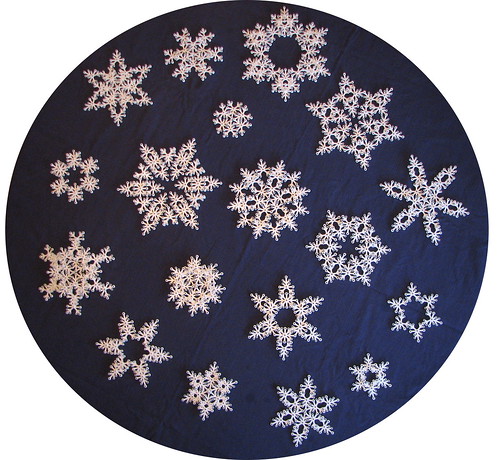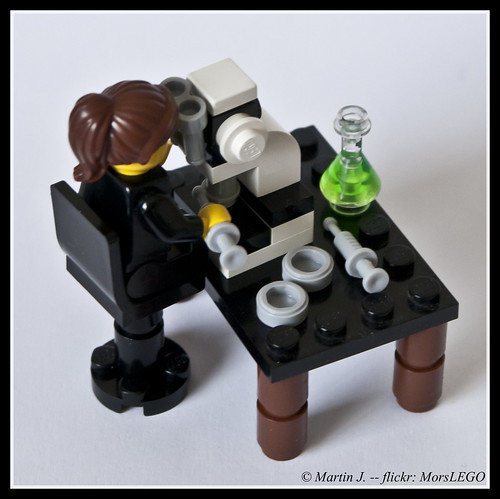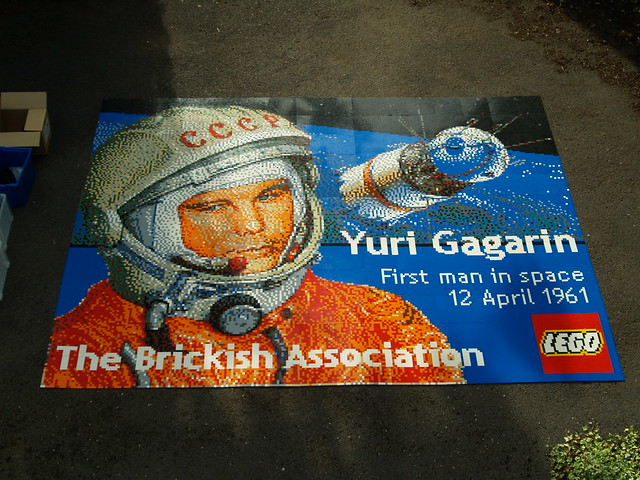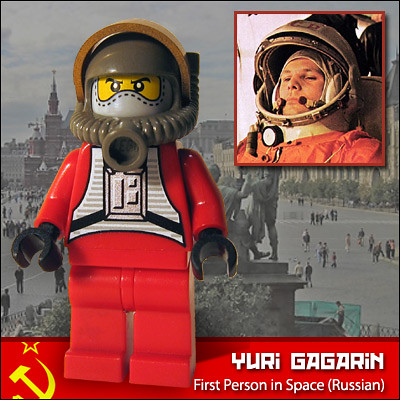As a science educator, we constantly hear about the pipeline. The education pipeline starts with a perfect balance between boys and girls, but over the years from grade school to high school to college to graduate school girls get turned away from STEM (science, technology, engineering and mathematics) disciplines at a greater rate than boys. The numbers are certainly significantly better than they were ten or twenty years ago, but there is still a disparity between men and women in technical fields.
Okay, I know that I'm biased here since I'm obviously a LEGO fan, but I believe that playing with LEGO as a kid can be a great learning tool. Kids learn problem solving skills, they follow directions, they learn three dimensional thinking. I contend that I'm an organic chemist today in part because of playing with those little plastic bricks in my childhood. While LEGO bricks are gender neutral, LEGO has become known to many as a "boys' toy". Now LEGO is working to turn this around with the new
Friends line. They've studied how girls play similarly to and differently from boys. The figures are meant to look more like girls than the traditional minifig, since they argue that girls want toys that look like themselves. The main characters have story lines, similar to the American girls series (though without the historical tie in, that might have been cool), and the color palette is supposed to be more 'girl-friendly'.
This move has not been
without some controversy. As I see it, the complaints come in a couple of flavors. Some within the fold of LEGO builders don't like the new figs and the move away from more open ended non-story-driven building. Others argue that these sets play into too many gender stereotypes. 'Boy' sets are about exploring and conquering, while the new 'girl' sets (which are all pink and lavender) have girls going to the hair salon. I certainly understand both of these points. However, as the dad of a four-year-old girl, I'm pretty excited about these sets. Like it or not, my girl is totally into princesses and fairy tales, and I don't think (maybe I'm fooling myself here) that we've tried to indoctrinate her into some stereotype roles here. But she'll completely love these set. The new figures, for instance, are extremely similar to some Strawberry Shortcake figures she already has and loves. And loving these sets will, I'm sure, push her to more inventive building with LEGO, and all of the educational benefits that go along with that. (To be fair, she also completely loves her Toy Story LEGO sets, and those are completely gender neutral.)
Don't worry, though. I'm not going to run out and buy her the hair salon set. The first one that I'll get will be
Olivia's inventor's workshop (okay, probably the puppy set too). Check this out! Here we have a girl playing with a microscope, building a robot, and working out mathematical equations on a chalkboard. Now that's the sort of role model I want for my girl. I hope that LEGO makes more sets along these lines as they expand the Friends theme. But even if they don't, I think that getting more girls into building with LEGO is a Good Thing, both as a LEGO enthusiast and as a science educator.





















